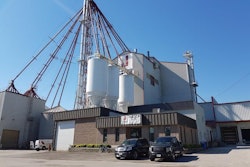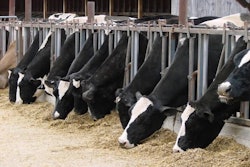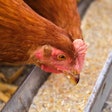
Irish dairy and animal feed cooperative Drinagh Cooperative Ltd. has opened a new EUR3.75 million (US$4.4 million) feed mill extension in County Cork, Ireland.
The extension will allow the co-op to increase capacity and double its output to 120,000 tons per year, according to reports. Due to recent drought conditions, farmers in Ireland are facing hard times. In addition, dairy output in the country has increased since the removal of milk quotas in 2015, leading to the need for more animal feed. Investments like Drinagh’s will contribute to the growing need for animal fodder and will allow the co-op to assist other co-ops and millers during high-demand periods, officials said.
“As you know, farmers have been experiencing a fodder crisis since the spring which has been compounded by a drought over the summer,” Drinagh chairman TJ Sullivan said in a report. “Increasing production output at our feed mill also allows us to assist other co-ops and millers during high-demand periods.”
Drinagh Co-op employs 260 people in West Cork and has more than 2,000 shareholders. Its turnover is EUR135 million (US$158 million) annually, according to its website. Drinagh Feeds supplies finished feed for ruminants and monogastrics.
Milk quotas and aftermath
Sullivan said the decision to increase production capacity was made after the removal of milk quotas, which were first introduced in the EU in 1984 and intended to run until 1989, but were extended several times and finally ended in 2015. Each member of the European Economic Community had a cap on dairy products based on its production in 1981.
According to a 2016 WATTAgNet report: “The abolition of the European Union’s milk quota system started a period of insecurity for dairy farmers. First introduced in 1984 at a time when EU production far outstripped demand, the quota regime was one of the tools introduced for overcoming surpluses. Successive reforms of the EU's Common Agriculture Policy have increased the market orientation of the sector and, in parallel, provided a range of other, more targeted instruments to help support producers.
“No one really knew what the side effects of the abolition of the EU milk quota system would be, but 20 months in and the dairy industry has been at rock bottom. An oversupply in the EU and in the rest of the world, coupled by some big international customers closing their order books, meant dairy prices hit the floor.”

















